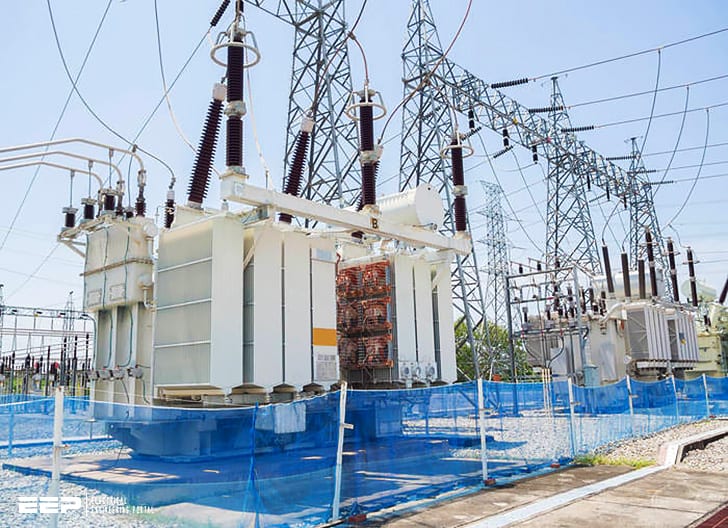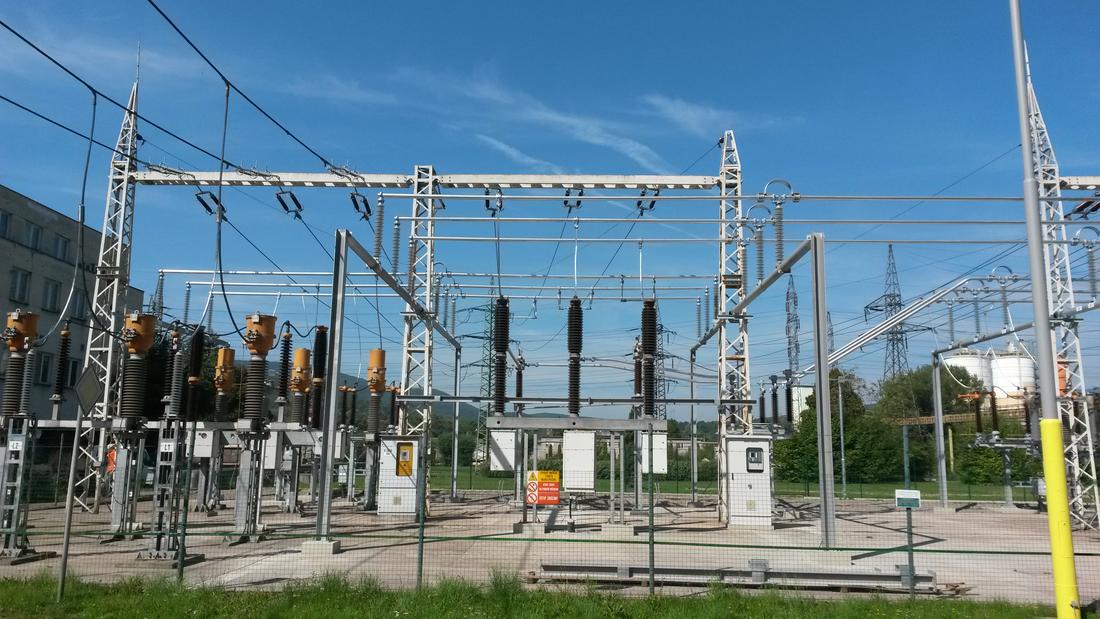HV & EHV Substations :
EHV and HV substations are substations used in electrical power systems. EHV stands for Extra High Voltage and HV stands for High Voltage.
EHV substations are typically used to transmit power at voltages higher than 100 kV. These substations are used in large-scale generation and transmission networks to reduce the voltage levels to a level suitable for distribution purposes.
HV substations are used to transmit power at voltages below 100 kV. These substations are used in medium to small scale distribution networks and are used to reduce the voltage levels to a level suitable for end-user consumption.



